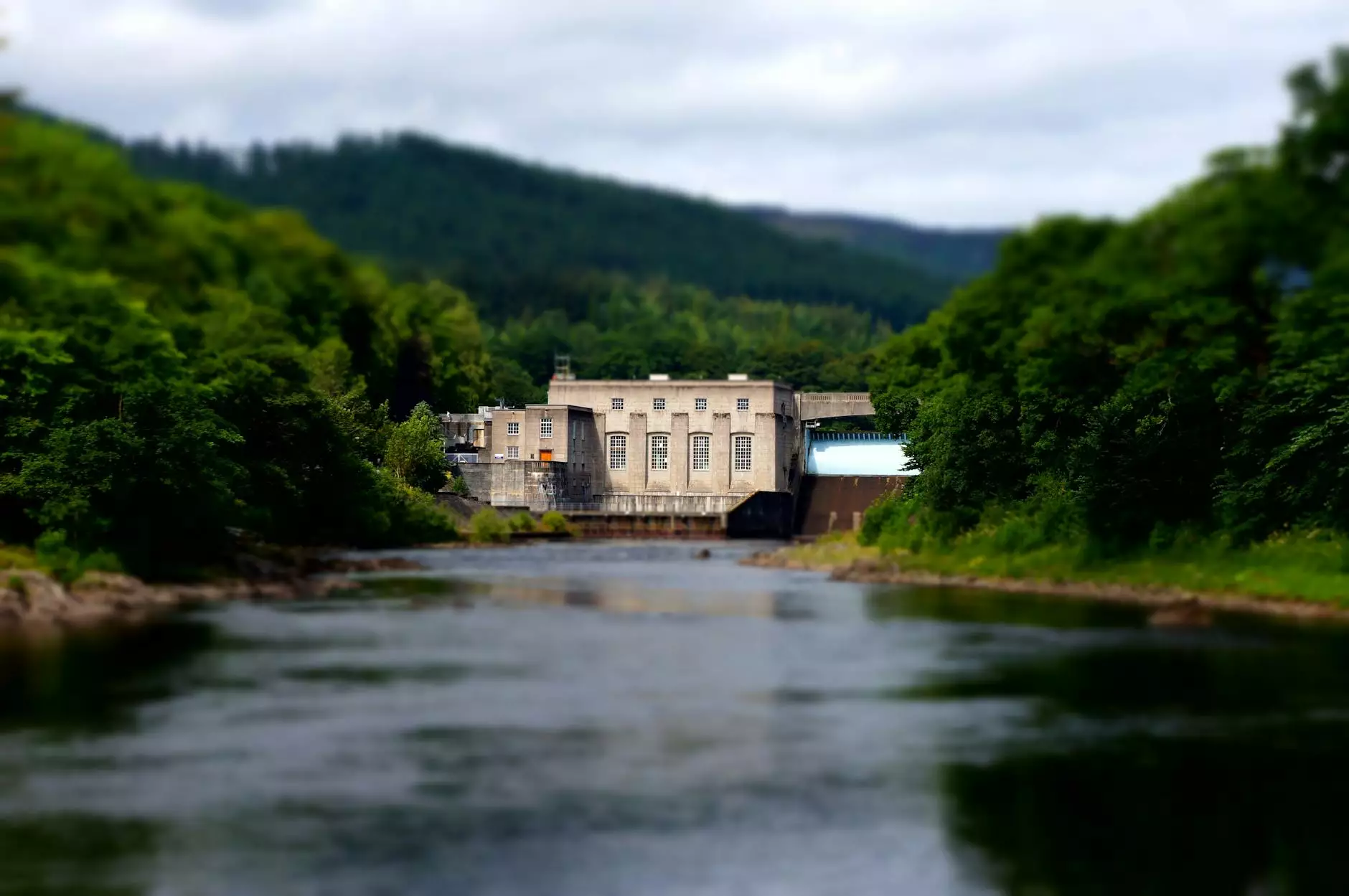The Power of Hydropower: A Sustainable Energy Solution

When we talk about energy sources, one term that often comes up is hydropower. But what is meant by hydropower, and why is it such a crucial aspect of the energy industry? In this article, we will delve deep into the concept of hydropower, its significance, benefits, and its role in promoting sustainability.
Understanding Hydropower
Hydropower, also known as hydroelectric power, is a form of renewable energy that harnesses the power of flowing water to generate electricity. This process is accomplished by utilizing the energy of falling or flowing water to turn turbines connected to generators, converting kinetic energy into electrical energy. In simple terms, hydropower is the conversion of water's energy into electricity.
The Significance of Hydropower
Hydropower plays a crucial role in the energy industry for several reasons. Firstly, it is a sustainable energy source, meaning it is derived from natural resources that are replenished at a rate equal to or greater than the rate at which they are consumed. This makes hydropower an environmentally friendly option compared to fossil fuels, which are finite and contribute to pollution and climate change.
Moreover, hydropower is a reliable source of energy. Unlike solar or wind power, which can be inconsistent due to weather conditions, hydropower can provide a consistent and stable supply of electricity. This reliability makes it an essential component of our energy infrastructure, ensuring a continuous power supply for various sectors such as residential, commercial, and industrial.
The Environmental and Economic Benefits
One of the significant advantages of hydropower is its positive impact on the environment. By generating electricity without burning fossil fuels, hydropower helps reduce greenhouse gas emissions, air pollution, and reliance on non-renewable energy sources. This contributes to mitigating climate change and promoting a cleaner and healthier planet for future generations.
From an economic perspective, hydropower can stimulate local economies by creating job opportunities in construction, operation, and maintenance of hydropower facilities. The revenue generated from the sale of hydropower electricity can also benefit communities and support infrastructure development, boosting overall economic growth.
Types of Hydropower Systems
There are various types of hydropower systems, each with its unique characteristics and applications:
- Run-of-River Hydropower: This system utilizes the natural flow of a river to generate electricity without the need for a dam.
- Reservoir Hydropower: In this system, water is stored in a reservoir behind a dam and released as needed to generate electricity.
- Pumped Storage Hydropower: This system involves pumping water from a lower reservoir to an upper reservoir during times of low electricity demand and releasing it to generate power during peak demand periods.
Hydropower and Sustainability
With the increasing focus on sustainability and reducing carbon emissions, hydropower has emerged as a key player in the global transition to clean energy. Its ability to provide a stable, renewable, and eco-friendly source of electricity makes it an essential component of a sustainable energy mix.
The Future of Hydropower
As technology advances and the demand for clean energy grows, the future of hydropower looks promising. Innovations in hydropower systems, such as run-of-river projects and small-scale turbines, are opening up new opportunities for harnessing hydropower in environmentally sensitive areas.
In conclusion, understanding what is meant by hydropower is essential for grasping the significance of this renewable energy source. Its sustainable nature, environmental benefits, and role in promoting economic growth make hydropower a critical component of our energy landscape. By harnessing the power of water, we can pave the way for a more sustainable and greener future.









